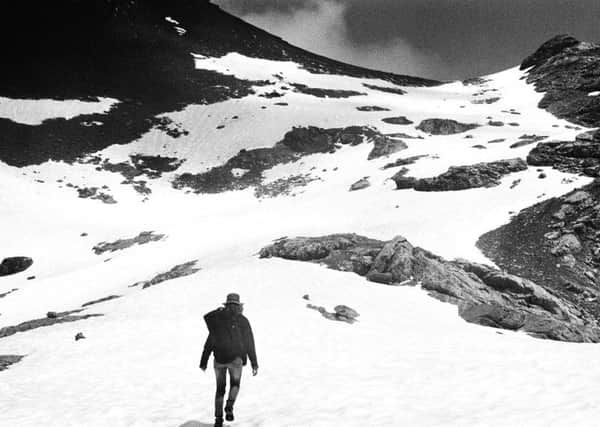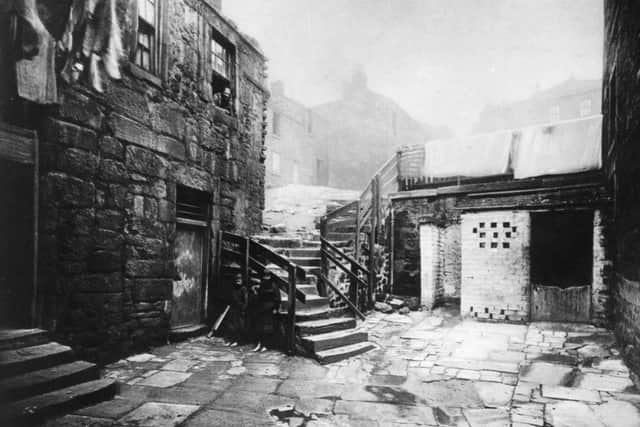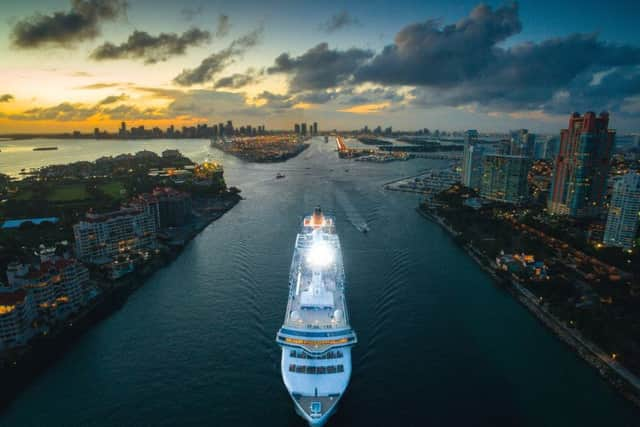Book reviews: The Best Photography Books of 2017


In June 2009 I interviewed the French aerial photographer Yann Arthus-Bertrand in London. By this time his Earth From Above book had sold over three million copies and his new film Home – a feast of aerial cinematography billed as “a journey all around the planet... to help us understand it better” – was about to be released online to mark World Environment Day, to an expected audience of over 100 million.
Part of the reason Bertrand was able to attract such huge audiences for his work was because, back then, there wasn’t much else that was like it. If you wanted to take high quality photographs from the air you needed either a helicopter, a hot air balloon or a light aircraft, and none of these things came cheap. But if aerial photography was the preserve of the moneyed few in 2009, today, thanks to the advent of camera-equipped drones, high-resolution aerial images are within reach of anyone with reasonable hand-eye coordination and a few hundred quid to spare. The world is now teeming with Yann Arthus-Bertrands, and judging by a new book of images taken by members of the photo sharing site Dronestagram, many of them are using this new technology to do things that probably wouldn’t have occurred to Bertrand in his wildest dreams.
Advertisement
Hide AdSome of the most striking images in Dronescapes (Thames & Hudson, £24.95) might not even have been possible a decade ago. Even with a drone, it took a Dronestagram user called “GotShots” several attempts to capture his/her dramatic image of San Francisco framed by the pillars of the Golden Gate Bridge; any sane helicopter pilot would have refused to go anywhere near all those closely-spaced cables. Similarly, a spectacular shot by “1138 Studios”, taken from a drone buzzing between the humongous illuminated street signs of downtown Austin, wouldn’t have been possible to produce with a helicopter – at least, not without getting into serious trouble for disturbing the peace.


What’s really remarkable about this book, though, is the huge variety of styles it brings together. Images by “santiyaniz” of Spain and “EYE-SKY” of Italy capture long shadows to semi-abstract effect in a way that recalls Henri Cartier-Bresson; a breathtaking picture by “hanower,” meanwhile, showing a slackliner suspended in mid-air high above Rio de Janeiro, shows the enormous potential of drones as a means of capturing unique angles on extreme sports. Still, it’s perhaps telling that some of the most memorable shots here – a sea of crushed cars by “BobGates”, camels racing in Dubai by “Shoayb Khattab” – utilise the top-down, God’s-eye-view style that Bertrand made famous.
There’s also something of the Earth From Above aesthetic about While The Fires Burn: A Glacier Odyssey (Thames & Hudson, £40). It took the Swiss photographer Daniel Schwartz eight years to assemble the stark, monochrome images in this book, travelling on foot through the Alps, the Karakoram range in Pakistan, the Rwenzori range in Uganda and the Cordillera Blanca in Peru, and at times the vertiginous angles he gets on the mighty rivers of ice that are his subjects feel as if they could have been achieved from an aircraft. His goal, he states in an introduction presented as a prose poem, is to “show the repertoire of glaciers / As shapes of the Earth’s surface and indicators of anthropogenic global warming / As vanishing archives of climate history and imperilled storehouses of resources / As archaeological sites and metaphors of memory.” He achieves all this and more, partly through the power of the images themselves, many of which are so highly detailed that they would have benefited from being published at four times the size, but also by the thought-provoking way in which he frequently juxtaposes images and short texts. His work on erratics (boulders stranded by retreating glaciers) in particular, would have looked very much at home in the recent exhibition by Scottish “walking artist” Hamish Fulton at the Fine Art Society in Edinburgh.
Someone else who combines images and the written word to impressive effect is the American photographer and critic Teju Cole. His latest book Blind Spot (Faber, £20) presents a series of 158 photographs taken in diverse locations around the world, each one accompanied by a short essay. The essays often speak somewhat tangentially to the images, but once you have unpacked their various layers of meaning you get to enjoy the sensation of seeing the world as Cole sees it, albeit briefly, and the view from inside his head is never less than fascinating.
As Cole’s book demonstrates, the old adage that “the camera never lies” is nonsense – photographs can be just as ambiguous and misleading as words. In our post-truth world, then, just as we desperately need voices we can trust, so good documentary photographers are perhaps more important than they have ever been. One such reliable witness is Giles Duley, who has spent many years covering conflicts across the globe and who, in 2015, was commissioned by the UNHCR to document the unfolding refugee crisis in the Middle East. As its title suggests, I can only tell you what my eyes see (SAQI, £25) is an unflinching look at the plight of people fleeing their homes in Syria, Iraq and Afghanistan that sets out to be as objective and dispassionate as the highly emotive subject matter allows. “I can’t tell you what it’s like to be a refugee,” Duley writes in his introduction, “I can only bear witness”. His harrowing on-the-hoof documentary shots and restrained, eloquent portraits deserve to be seen by a wide audience.


Finally, two books of specifically Scottish interest. Written and researched by Amanda Maddox, a curator at the J Paul Getty Museum in Los Angeles, and Sara Stevenson, a senior research fellow at the University of Glasgow, Thomas Annan: Photographer of Glasgow (Getty Publications, £30) feels like the definitive statement on this remarkable man, covering all the major publications of his eventful career. Annan was a contemporary of Hill and Adamson in the east, and his photographs of Glasgow’s closes – the genesis of which is well covered in a chapter by Stevenson – are sometimes said to be the first documentary series in photography.
Advertisement
Hide AdA more recent documentary series is Edinburgh People (117th Leith, £20), in which black cab driver Ryan Walls presents a series of portraits of some of the fares he drove around the city between August and October 2015. From nurses to poets, football fans to exchange students, pretty much everyone seems to be having a good time in the back of Walls’ cab – a testament to his ability to put his subjects at their ease, and also a neat riposte to those Glaswegians who claim that taxi drivers in the west are friendlier than those in the east.